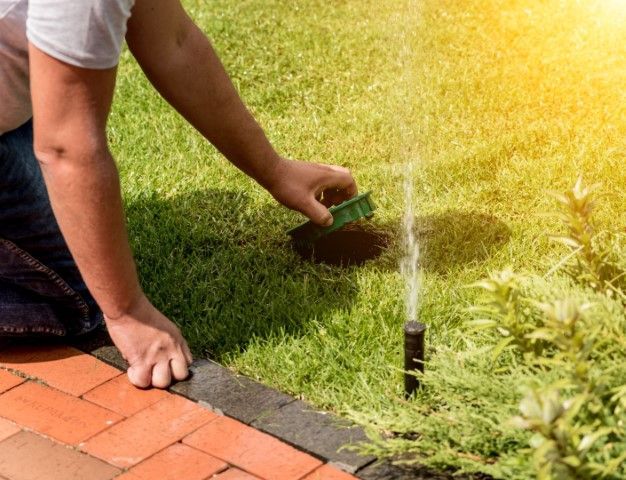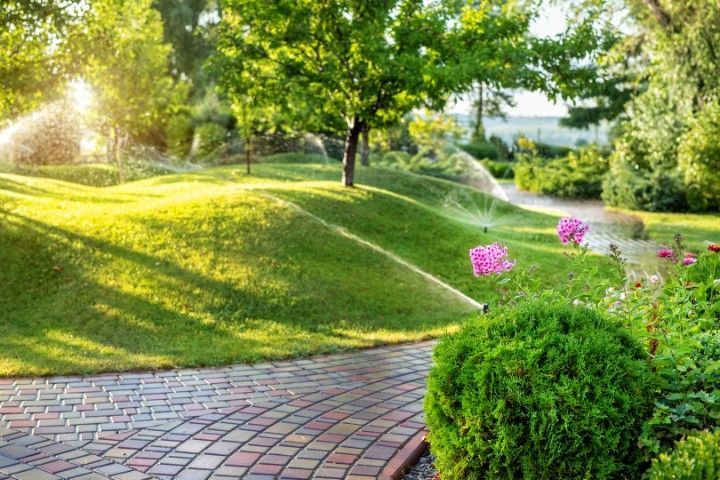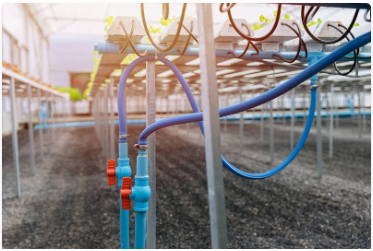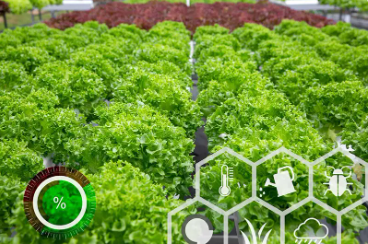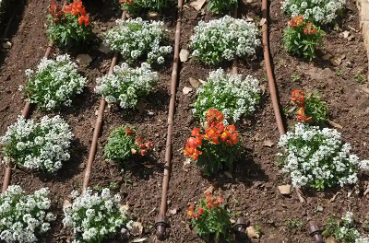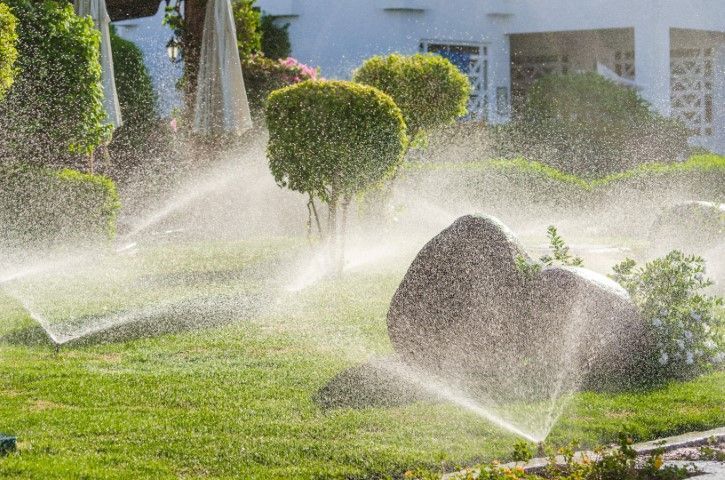Revitalize Your Lawn: Expert Tips for Choosing the Right Sprinkler System Installation
Revitalize Your Lawn: Expert Tips for Choosing the Right Sprinkler System Installation
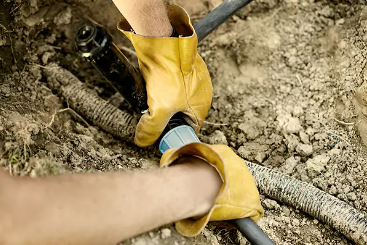
As you gaze at your lawn, you might wonder why it isn’t as lush and vibrant as you’d hoped. The key could lie in the type of sprinkler system you’re using. Selecting the right system isn’t just about sprinkling water around; it involves understanding your lawn’s unique needs, from soil type to sun exposure. But how do you determine which system is best for your garden’s specific conditions? There’s a myriad of options available, each with its own set of benefits and drawbacks. Let’s explore what these are and how they can transform your lawn care routine, ensuring your grass is not just surviving, but thriving.
Assessing Your Lawn’s Needs
Before installing a sprinkler system, you’ll need to carefully evaluate your lawn’s specific watering requirements, considering factors such as soil type, sun exposure, and plant varieties. Determining the soil type is crucial because different soils retain and drain water differently. For instance, clay soils retain moisture longer and may require less frequent watering compared to sandy soils that drain quickly and might need more frequent irrigation.
You’ll also want to pay close attention to the sun exposure your lawn receives. Areas that get full sun all day evaporate water faster than shaded areas and thus may need more water. It’s essential to map out these areas because variable sun exposure across your lawn can lead to differing hydration needs. This step prevents over-watering or under-watering, promoting a healthier lawn.
To gather this information, observe your lawn at different times of the day and use a soil testing kit to determine the soil type. You might find areas that are consistently moist, which could benefit from less frequent watering, whereas dry patches might indicate a need for increased hydration. By tailoring your sprinkler system to these specific conditions, you ensure efficient water usage, contributing to a sustainable environment and reducing your water bills.
Exploring Types of Sprinklers
Once you’ve assessed your lawn’s watering needs, it’s important to select the right type of sprinkler system that matches these specific conditions. Sprinkler systems vary widely, but choosing the correct one can make a significant difference in maintaining a healthy lawn.
Firstly, consider the oscillating sprinklers for large, rectangular areas. They provide excellent coverage and distribute water in a controlled, rectangular pattern. This type is ideal if your lawn is uniform without many irregular shapes.
For smaller or more irregularly shaped lawns, rotating sprinklers are beneficial. These sprinklers project water in a circular pattern and can be adjusted to cover large or small areas, making them versatile for seasonal adjustments. The ability to change spray patterns and distances helps in targeting specific zones without wasting water on non-lawn areas.
Also, consider the impact sprinklers if you’re looking for durability and long-range watering. Known for their robust design, these are particularly useful for larger areas and can withstand different water pressures and seasonal variances in supply.
Each type of sprinkler has its range of effectiveness, known as ‘sprinkler coverage’. It’s crucial to match the sprinkler’s coverage capacity with the size and shape of your lawn to ensure optimal watering without over-spraying or missing spots.
Water Efficiency Strategies
To maximize your lawn’s health while conserving water, it’s crucial to implement water efficiency strategies in your sprinkler system setup. One of the most effective tools you can integrate is rain sensors. These devices automatically adjust the watering schedule based on the moisture levels in your environment. When it rains, the sensors temporarily halt your sprinkler system, preventing unnecessary water usage and reducing runoff.
Another method to consider is drip irrigation. This system delivers water directly to the base of your plants at a slow, steady rate, minimizing evaporation and waste. It’s particularly beneficial for targeted watering in garden beds or densely planted areas. You’ll notice that by using drip irrigation, you can significantly reduce the amount of water used compared to traditional sprinklers, which often spray water beyond the root zones of your plants.
Combining these technologies enhances your system’s efficiency. For instance, setting up a drip irrigation system with an integrated rain sensor not only conserves water but also ensures that your plants receive the precise amount of hydration they need when they need it. This approach not only saves water but also contributes to a healthier, more sustainable lawn over time.
Installation and Maintenance
Proper installation and regular maintenance are crucial for ensuring your sprinkler system operates efficiently and lasts for years. When you’re installing your system, it’s important to consider the layout of your lawn and the type of soil to determine the best placement for sprinkler heads. You’ll want to ensure that each section of your lawn receives uniform water coverage, which might involve strategic placement and angling of the sprinkler heads.
Once installed, regular maintenance is key. You should perform seasonal adjustments to adapt to changing weather conditions. For instance, increase water output during dry, hot summer months and reduce it during the rainy season to prevent water wastage and potential waterlogging. This approach not only conserves water but also helps maintain optimal lawn health.
Additionally, establish a set of repair protocols to quickly address any issues that arise. Regularly check for leaks, clogged nozzles, and faulty valves. If a problem is detected, fix it immediately to prevent larger system failures. It’s also wise to winterize your system by draining all the water before freezing temperatures set in to avoid pipe bursts.
Budget Considerations
Assessing your financial capacity is crucial before installing a sprinkler system, as costs can vary widely based on system type and yard size. To make a prudent decision, you’ll need to engage in a thorough cost analysis. Begin by determining the square footage of your lawn that requires irrigation. Larger areas typically necessitate a more complex and thus more expensive system.
Consider the different types of sprinkler systems—rotor, spray, drip, or a combination—each with varying price points and operational efficiencies. A detailed cost analysis should include not only the initial purchase and installation expenses but also long-term operational costs such as water usage and maintenance.
Explore funding options if the upfront costs are prohibitive. Some retailers offer financing plans that allow you to pay in installments. Additionally, local government or utility companies might provide subsidies or incentives for installing water-efficient systems, which can significantly offset the initial outlay.
Investing time in this preparatory phase ensures you’re not caught off guard by unforeseen expenditures. It’s about finding the balance between what you can afford and what you need for your lawn to thrive. Make informed choices to avoid overspending while achieving optimal irrigation for your garden.
- Avoid These 5 Common Irrigation Blunders Every Homeowner Makes
- Your Go-To Guide for Picking the Perfect Sprinkler System for a Lush Lawn: Handy Tips and Tricks
- Impact of Climate on Irrigation System Design and Operation
- The Role of Soil Moisture Sensors in Irrigation Efficiency
- Cost-Effective Irrigation Solutions for Small Gardens
